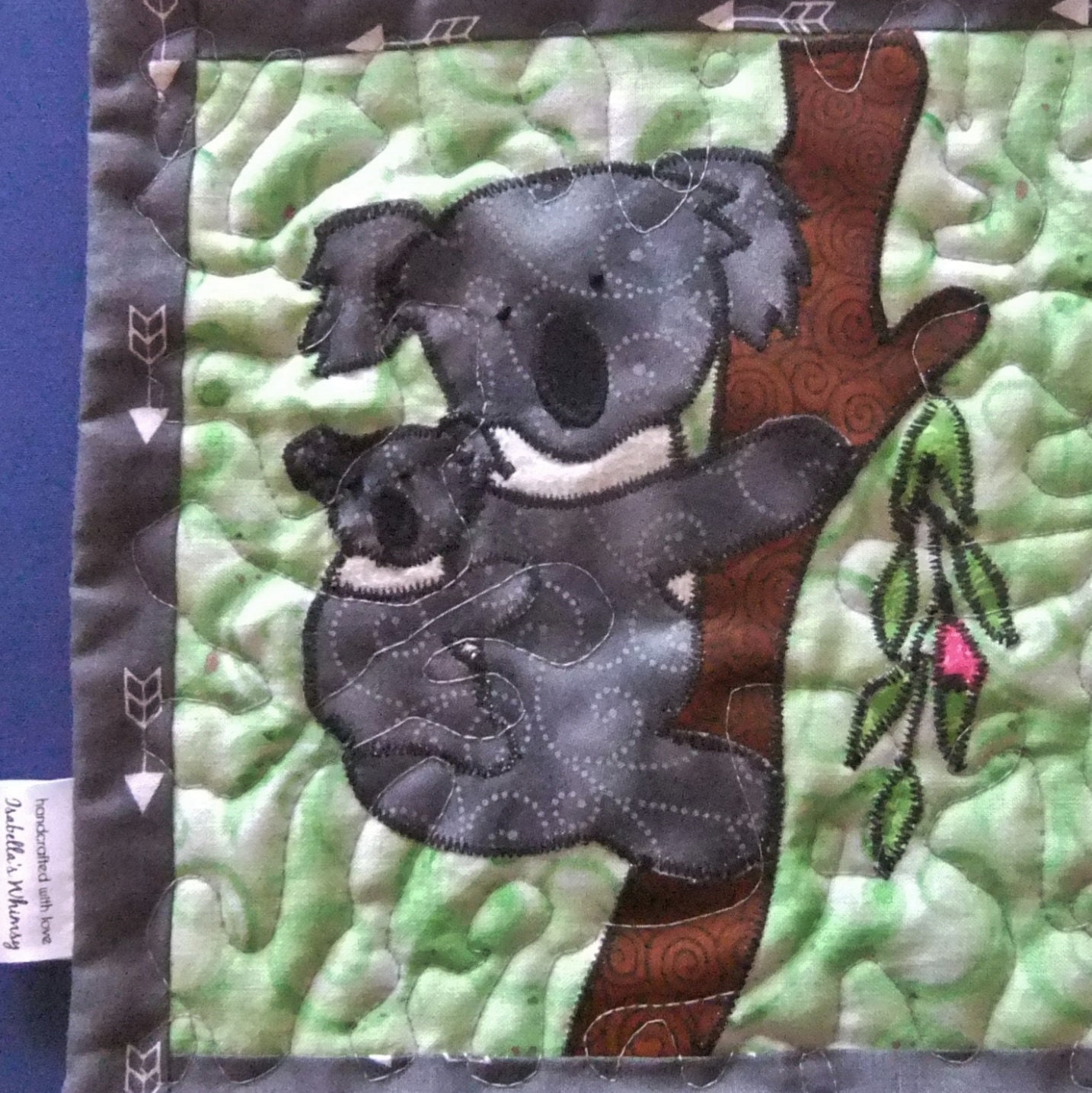 I have created a second pair of boxed sets of heavy card stock blank note cards. As with the first pop art set, I am partnering to have them printed on heavier card stock than I can print on my laser printer and then packaging them in sets of six (three of each image) in clear boxes.
I have created a second pair of boxed sets of heavy card stock blank note cards. As with the first pop art set, I am partnering to have them printed on heavier card stock than I can print on my laser printer and then packaging them in sets of six (three of each image) in clear boxes.I settled on the theme of bird note cards by asking the owner of Potager's Other Stuff, who carries some of my ready to hang photographic art prints and wanted to stock some of my boxed note cards, what images she might like to see on a new set. She suggested birds. Cardinals have been popular images in my matted and ready to hang pieces so I decided to work up a set of note cards with a male and a female cardinal. I found a couple of wintertime images that I thought complemented each other nicely and went with them. Those images got me to thinking of other tufted birds. I had recently finally gotten a few nice shots of a blue jay. While yellow-bellied sapsuckers are not as tufted as cardinals and blue jays, they can raise the feathers on top of their head to a peak. Plus, I had gotten a few good shots of one just the previous winter. I decided to pair it with the blue jay. These new boxed sets can be found at Potager's Other Stuff and in my EDCCollective Etsy shop.
If you have any ideas about what images I should consider working with for a new boxed card set in 2017, I'd love for you to leave your ideas in the comments section.











